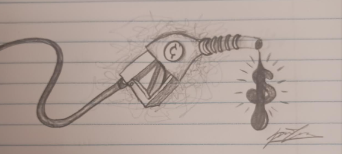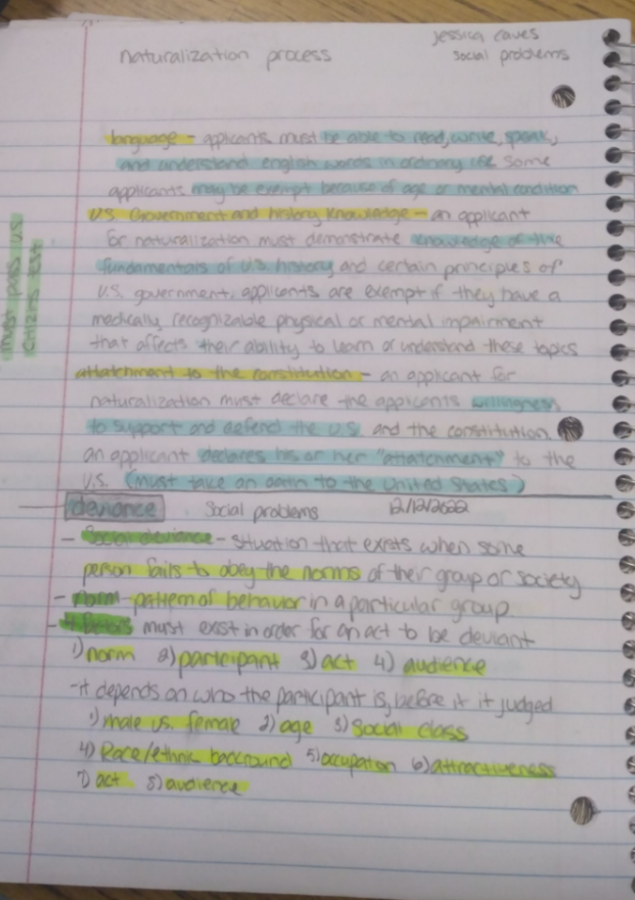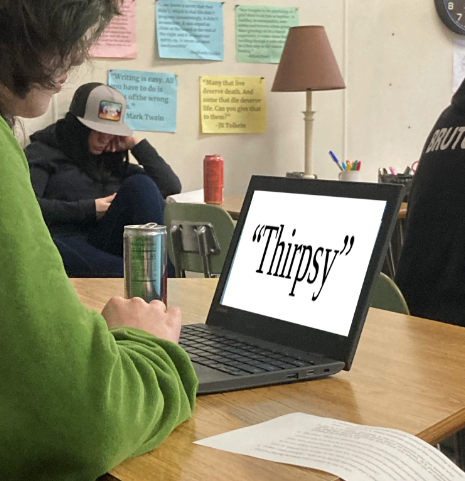‘Isle of Dogs’ is fetching hearts
May 1, 2018
By TONY LUDWIG
The Mirror reporter
It’s hard to imagine a world without our beloved pets, most specifically dogs. However, in Wes Anderson’s Isle of Dogs, this simple nightmare is reality.
In the Japanese city of Megasaki, a mysterious dog flu runs rampant, and begins to wreak havoc on the city’s inhabitants. Mayor Kobayashi then takes it upon himself to banish all dogs to a small, trash-ridden island off the coast of the city, coincidentally named Trash Island.
From the beginning, the movie works diligently to provoke emotional responses from dog lovers. When a young pilot crash lands on Trash Island looking for his lost dog, four friendly canines by the names of King, Rex, Boss and Chief almost immediately jump to his aid and help, taking advantage of those craving to see a human-dog relationship.
The movie takes an unconventional approach to animation, utilizing stop-motion, meaning that an alternate force moves an object between every shot to make it appear as if though the object does so on its own. Other movies have utilized stop motion, such as the popular Wallace and Gromit, as well as Chicken Run and Frankenweenie. Movies such as these are a result of tedious and perfectionist work.
The animation is not the only unconventional aspect of the movie. Many would believe especially considering the fact that the plot revolves around dogs, that a generic, sappy dog-to-human relationship would ensue with infinite mundanity. This was not the case, and it was done beautifully so. If you attend this movie hoping to see some cute doggies and love stories, you will most likely leave confused, but oddly satisfied nonetheless.
Many people have made inferences as to the movie’s meaning, drawing similarities between Isle of Dogs and Yury Tynyanov’s Lieutenant Kije, a satirical Russian novella written in 1929 about the reign of Russia’s Paul I. The topic of the book is exceedingly similar to Isle of Dogs. While the novella is a certainly interesting comparison, many also believe the movie relates to Cold War era Russian Presidents, with the dogs being political dissidents, and Trash Island serving as the Gulags. It’s certainly an interesting discussion, however, whether or not the producers intended to create this sort of an allegory is unknown.
Initially, I knew very little about the movie before actually seeing it. I really had no idea what to expect. Stop-motion was something I haven’t been exposed to in years, and admittedly, I wasn’t exceedingly optimistic about the film. After seeing the movie, I am glad that I decided to broaden my horizons. The beautiful cinematography, paired with superb acting and well-thought-out scripts, is powerful enough to captivate any audience.
































































Dylan Konicek • May 2, 2018 at 1:09 PM
I had heard about this movie but haven’t gotten a chance to watch it, I will have to check it out it seems very interesting.
Will Carroll • May 2, 2018 at 1:02 PM
Well written review, you really brought reader interest to the film in a well done way
Manuel Lupercio • May 2, 2018 at 12:47 PM
I think this was a very well written review. The concept of a whole town having to give their dogs up to an island is absurd and you did a really good job at focusing on the main points of the movie
Alyssa • May 1, 2018 at 6:12 PM
The way you described this movie is beautiful! I haven’t seen many themes in this style, but I really want to and be able to appreciate those types of film more. The story seems like a tear-jerker, I really want to see it now!
Alina Burmistrova • May 1, 2018 at 1:56 PM
I can say that Japanese movie industry does no stop surprising. And each work is masterpiece. To my mind, these movies make us think about something important, and this screen adaptation, as I understood, is not an exception. I am really interested in review and I am going to watch it someday.
Dylan Trigg • May 1, 2018 at 12:45 PM
I haven’t seen this movie yet but it seems like it would be interesting! This article was very informative.
Hannah Gibbons • May 1, 2018 at 12:41 PM
I really enjoyed reading this article because I had very similar thoughts about the movie before I saw it. When I was younger, I loved the Wallace and Gromit films along with Chicken Run. I had a thing for clay movies when I was younger, so I thought to give this film a try. I’m glad I did because it was very good. I enjoyed reading your review, and I thought you explained the movie really well. This article would surely persuade anyone wanting to see this movie.
Hannah Siegel • May 1, 2018 at 12:40 PM
I never knew this was a movie… it sounds like a great movie and I love stop motion videos.
Kacey Koch • May 1, 2018 at 12:36 PM
I haven’t had a chance to see this movie and I learned so much more about the movie from this article. Glad to know Tony really liked it!